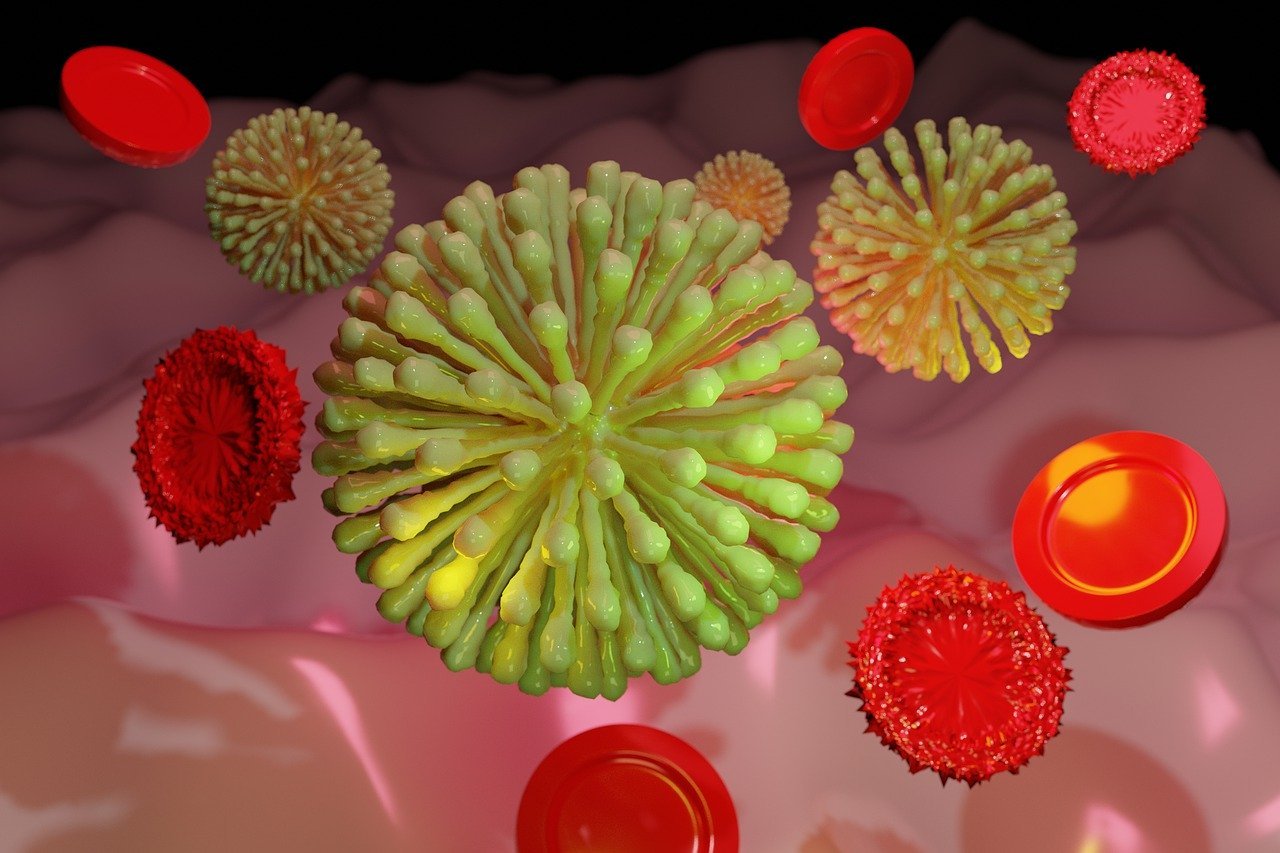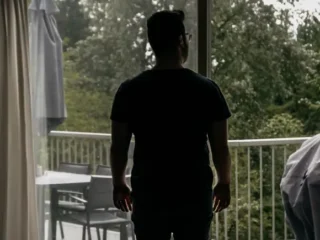As of 19 March, a total of 173 COVID-19 cases (148 Indians and 25 foreign nationals) have been reported in 19 states/union territories. These include 19 who have been discharged/cured, 1 who has migrated and 4 reported deaths. Hospital isolation of all confirmed cases, tracing and home quarantine of the contacts is ongoing.
Government’s Response
The Prime Minister’s Office, Group of Ministers, Ministry of Health & Family Welfare (MoHFW) and Cabinet Secretary are closely monitoring the COVID-19 situation. The government has invoked powers under The Epidemic Diseases Act, 1897 to enhance preparedness and containment of the virus. With COVID-19 being declared a notified disaster, the State Disaster Response Fund, constituted under Section 48 (1) (a) of the Disaster Management Act, 2005, is now available with state governments for response measures.
Central ministries along with states/UTs have taken urgent steps to strengthen community surveillance, quarantine facilities, isolation wards, and ensure availability of adequate personal protective equipment (PPE), trained manpower and rapid response teams for management of COVID-19.
Infection count in India is Steadily Rising
Latest Government data has pegged it at 166. This includes 25 foreign nationals.
Is India going to become the next epicenter for coronavirus? Are the measures taken by the Government enough to protect India? Experts have been warning that what has worked in other countries may not work for the world’s second-most populous country.
Many experts believe that the reason behind India’s comparatively low numbers is the limited scope of testing in the country.
The World Health Organization urged countries to test as many people as possible to curb the pandemic, but India has only been testing those who have traveled from affected countries or come in contact with a confirmed case and shown symptoms after two weeks of quarantine.
Four Stages
Stage 1: When the disease is just introduced to a population. In India’s case, that is with imported cases – only those with travel history to affected countries tested positive for the infection.
Stage 2: According to the ICMR, India is presently in the second stage. In this stage, local transmission of the disease is reported. In this stage, only those people who are living in close contact with with persons with travel history are affected.
Stage 3: In this stage, there is community transmission i.e. even those who have had no known contact with an affected person, and haven’t travelled to an affected country start contracting the coronavirus disease.
Stage 4: The fourth stage is when there is a widespread outbreak, leading it to become an epidemic within the population and difficult to contain.
Contact Tracing
Persons who have lived in close contact with someone who is infected with the virus are more likely to contract the virus, and they will potentially infect others.
Such people need to be watched closely.
Once someone is confirmed as infected, contacts are identified by asking about the person’s activities and the activities and roles of the people around them since the onset of illness.
Contact identification: Once someone is confirmed as infected, contacts are identified by asking about the person’s activities and the activities and roles of the people around them since the onset of illness.
Contact listing: All persons considered to have contact with the infected person should be listed as contacts.
Contact follow-up: Regular follow-up should be conducted with all contacts to monitor for symptoms and test for signs of infection.






